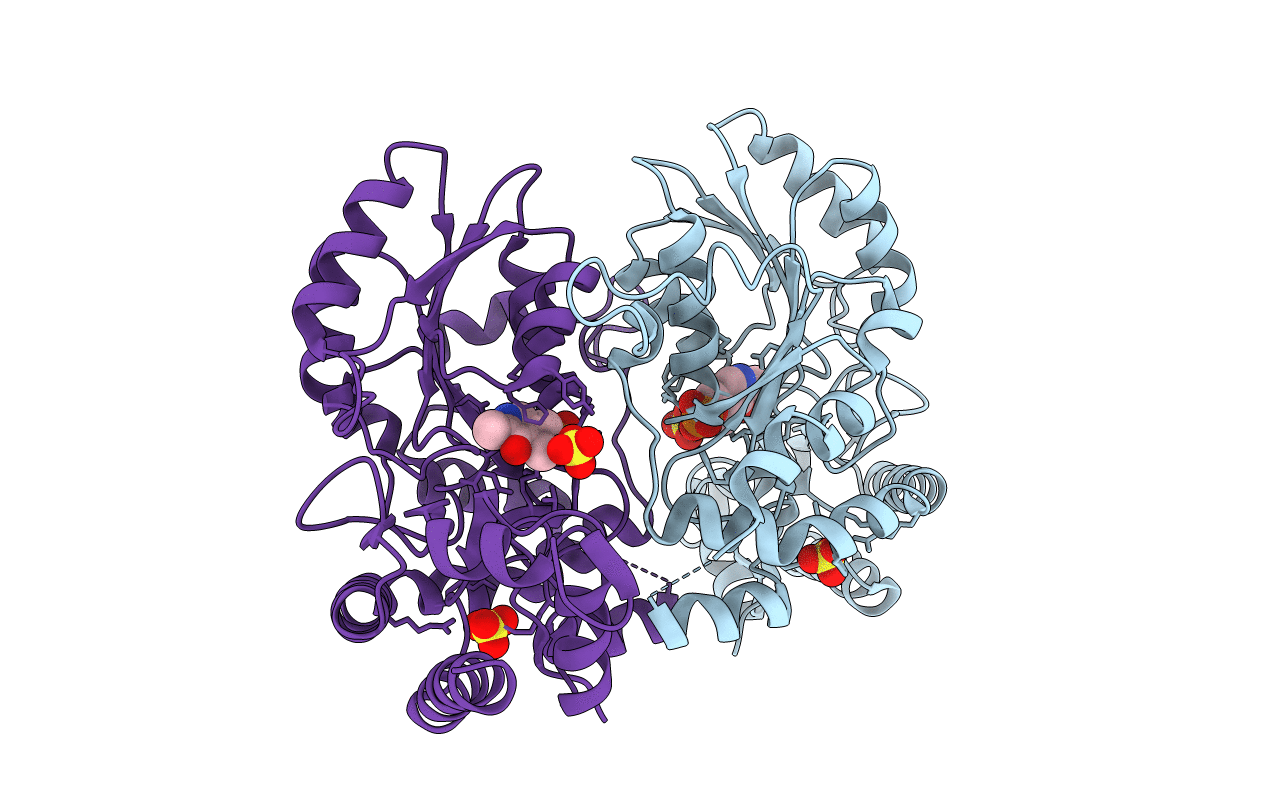
Deposition Date
2007-01-10
Release Date
2007-07-17
Last Version Date
2024-04-03
Entry Detail
PDB ID:
2E7J
Keywords:
Title:
Crystal Structure of Sep-tRNA:Cys-tRNA Synthase from Archaeoglobus fulgidus
Biological Source:
Source Organism:
Archaeoglobus fulgidus (Taxon ID: 2234)
Host Organism:
Method Details:
Experimental Method:
Resolution:
2.40 Å
R-Value Free:
0.25
R-Value Work:
0.20
R-Value Observed:
0.20
Space Group:
P 41 21 2


